Disputes over the boundary between two adjacent properties can take many forms and are the most common cause of real estate litigation between neighbors. They can also be the most contentious, with tempers flaring high. There are few things as personal as where you live, so even a dispute over a few inches can quickly become emotional.
In some cases, the solution is as simple as a survey based on the deeds that marks the real boundary for both parties to see. When it’s not that simple, however, it can be complicated. California real estate law touching boundary disputes can involve complex legal rules, precedents, and concepts that may seem arcane. Unless you happen to be a California real estate attorney!
One of the most common causes of boundary line disputes is the simple assumption that you already know where the boundary line is.—There’s that fence or hedge or driveway there that’s been there for decades, and obviously that’s where the boundary line lies. Well, maybe not. Although, if the marker was placed there specifically to clear up a disagreement about the boundary line, there is a possibility that you have a case of the agreed-boundary doctrine.
A new neighbor might have a survey done and discover that the old fence wasn’t in the proper spot. Or an older property might have a driveway that overlaps the real property line; now a new development is being put up that will leave you with three-fourths of a driveway. Even worse, you might discover that your house or garage is encroaching over the boundary line, leaving you with a serious problem if your neighbor decides to reclaim those inches.
Since boundary lines are legally defined by the language in the deed or title, you could end up with a situation where the language of the deed doesn’t make sense, or perhaps the language in your deed and your neighbor’s deed don’t quite match up. In this case, a survey won’t help, since it won’t match up with the reality of the land, or you end up with two conflicting surveys. Or maybe it’s the reality of the land that’s change: what do you do when a physical feature that helped define your property line, like a river or even an old tree, has moved or disappeared due to the passage of time and the forces of nature?
Sometimes a boundary dispute may simply be a question of access: perhaps your new neighbors no longer want to honor the easement through their property that’s the only way to get from your property to the main road. Or a business might need access to a parking lot for their customers.
When disputes over boundaries arise, it’s a good time to consult an experienced California real estate attorney. There can be many legal intricacies to boundary dispute cases, and it is not governed by just one set of California state statutes. Common law and precedent frequently come into play as well. A real estate attorney can help evaluate evidence in your specific case, conduct research, and outline your best recourse options. It is also usually the best course of action to settle boundary disputes through negotiation and compromise with the owner of the adjoining property. Often a quiet title action will be required to legally settle the boundary, but merely approving an already negotiated agreement will save the time, money, and hassle of a lengthy trial. Throughout this process, be sure to have knowledgeable and experienced legal counsel.


